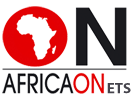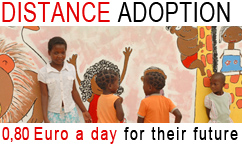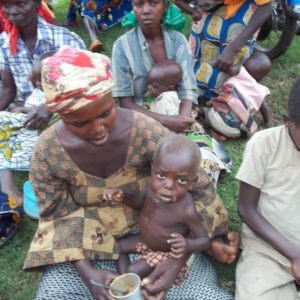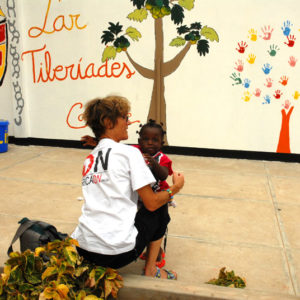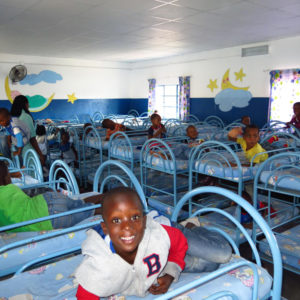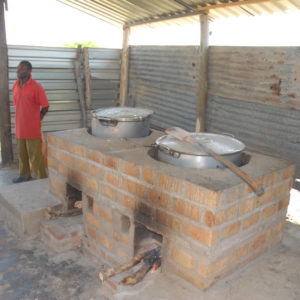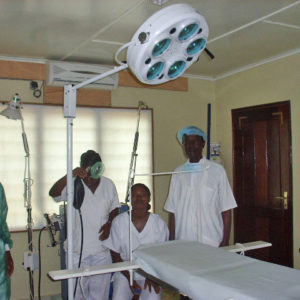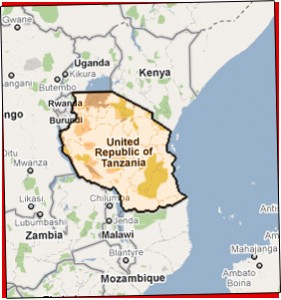 Historical and political context in Tanzania
Historical and political context in Tanzania
Former British colony which gained its independence in 1963, it has enjoyed domestic stability for some time. A republic whose president, Jakaya Kikwete (elected on December 21st, 2005) is also the head of state. Located in southern African, Tanzania borders with Burundi, the Democratic Republic of Congo, Rwanda, Uganda and Zambia and borders the Indian Ocean for over 1400 km of coastline.
Its main resources are fishing, tourism, livestock and its natural resources are gold, natural gas, nickel and phosphorous.
State of the population and children
37,000,000 inhabitants, 44% of which are 0 to 14 years of age. The infant mortality rate is 97 per 1,000. Almost 50% of children do not attend primary school.
Average life expectancy is 45, however it is lowering due to Aids. In 2003 over 9% of the population suffered from HIV and in the same year there were over 160,000 deaths caused by the disease. As far as religious beliefs, 30% of the population professes to be Christian, 35% Muslim, while the remaining 35% practices local religious traditions.
